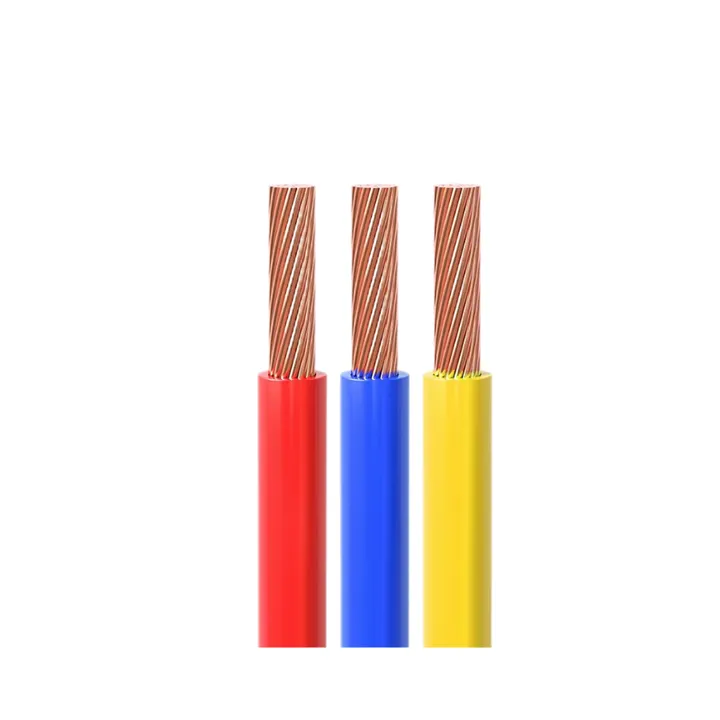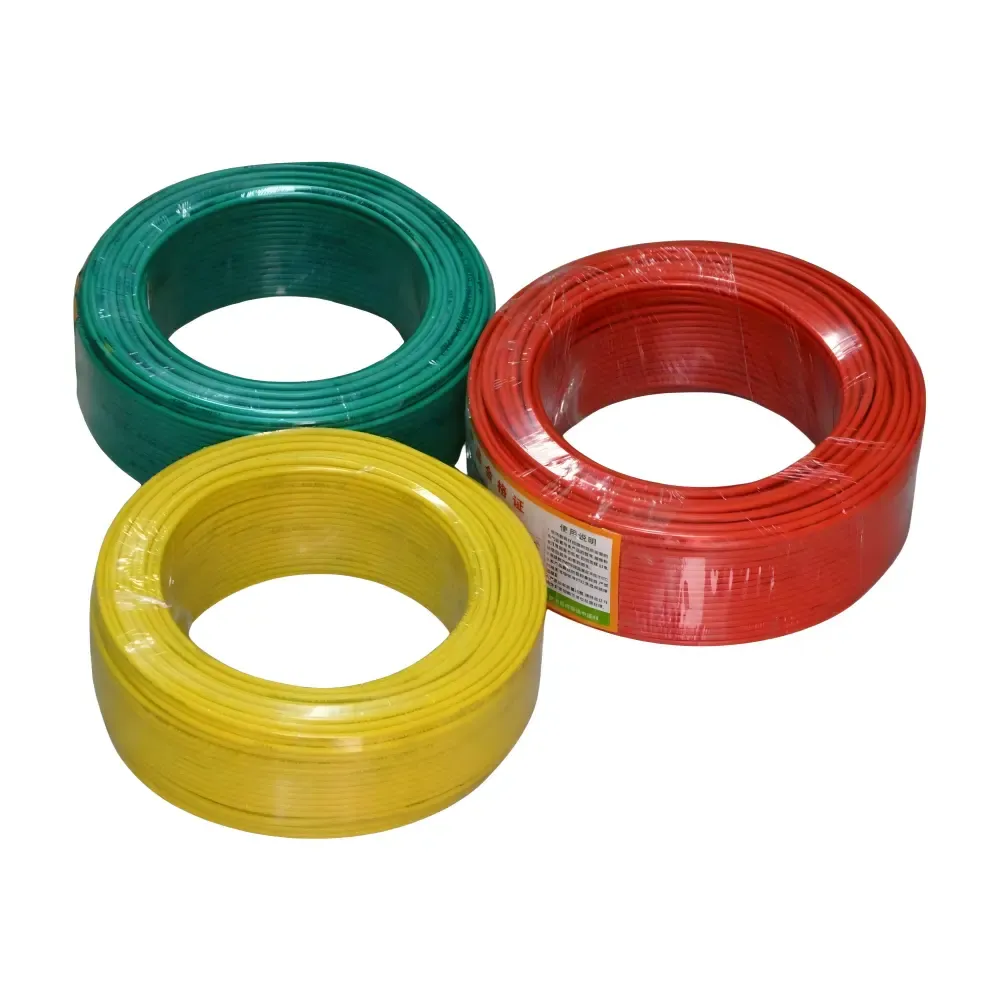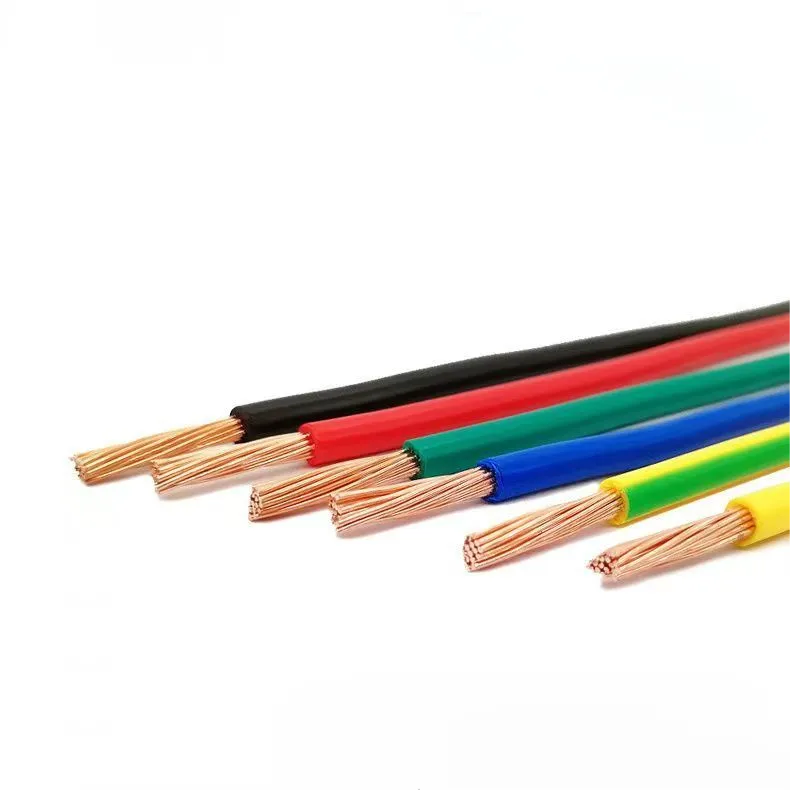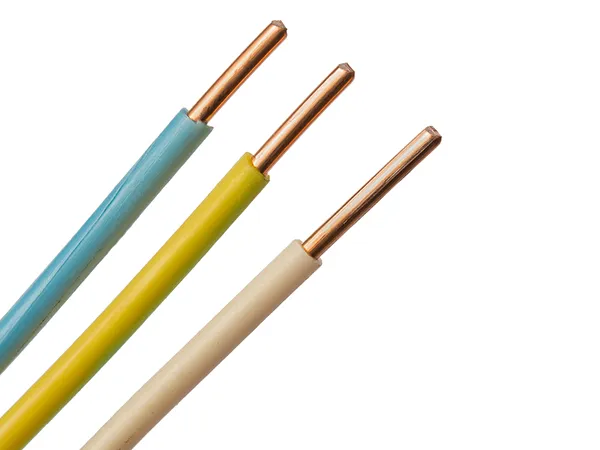Cable Labeling Requirements for Global Compliance
Time: 2025-06-23 15:00:25
Source: Henan Province Jianyun Cable Co., Ltd.
Overview of Cable Labeling Requirements
Labeling electrical cables for global compliance ensures safety, traceability, and regulatory adherence in markets worldwide. Labels provide critical information about cable specifications, standards compliance, and usage, facilitating installation, maintenance, and inspection. Requirements vary by region, governed by standards such as those from the International Electrotechnical Commission (IEC), Underwriters Laboratories (UL), and regional regulations like the European Union’s CE marking. Proper labeling is essential for exporting cables used in power, telecommunications, and industrial applications.
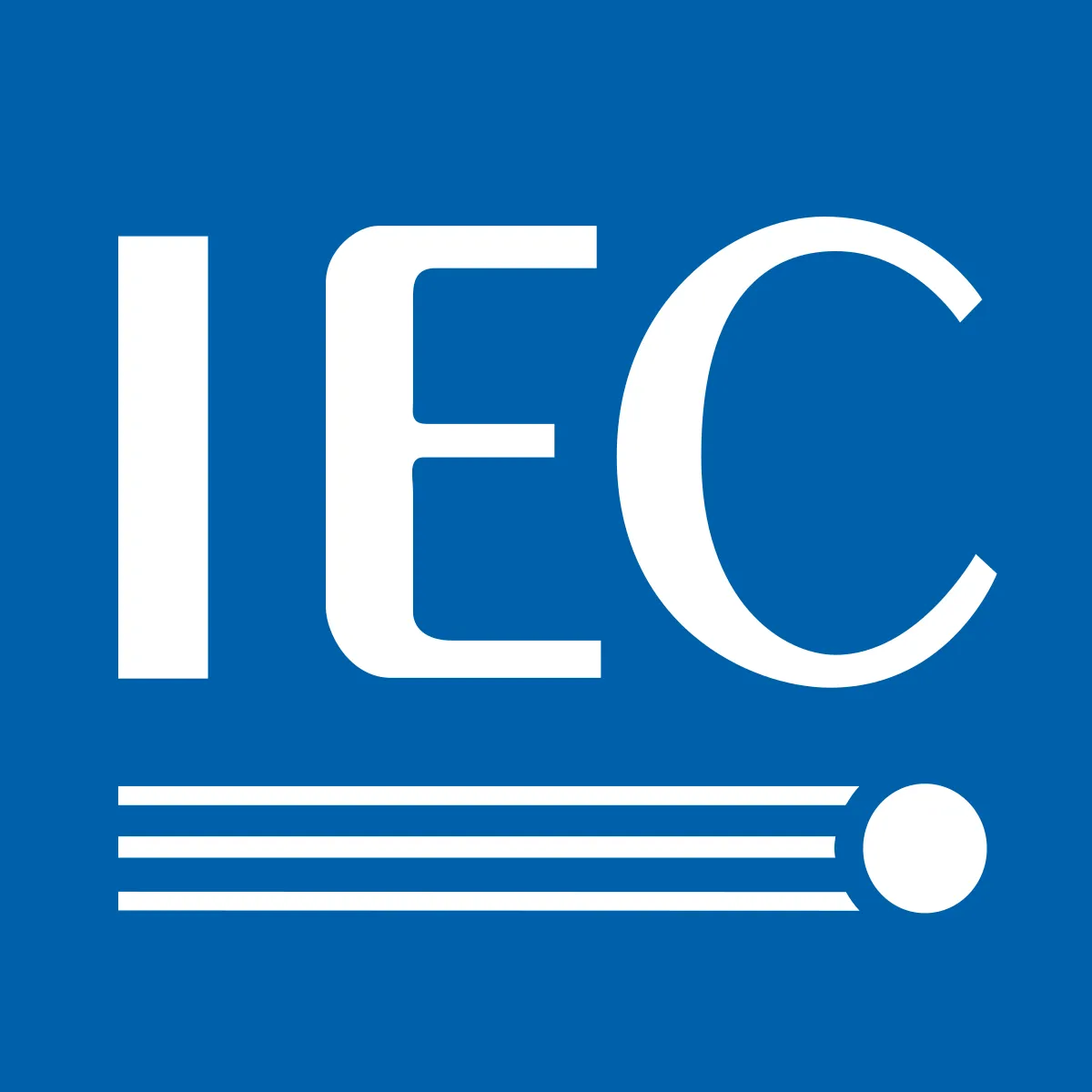
Importance of Compliant Cable Labeling
Adhering to global labeling requirements is critical for:
-
Safety: Ensures installers and users understand cable ratings and hazards, reducing risks of electrical faults or injuries.
-
Regulatory Compliance: Meets import and safety regulations, avoiding customs rejections or fines.
-
Traceability: Enables tracking of cable origin, batch, and specifications for quality control and recalls.
-
Market Access: Facilitates entry into international markets by demonstrating adherence to standards.
-
Customer Confidence: Provides clear, reliable information, enhancing trust in product quality.
Non-compliant labeling can lead to shipment delays, regulatory penalties, or safety hazards.
Key Global Standards for Cable Labeling
IEC Standards
IEC standards provide global guidelines for electrical cables:
-
IEC 60227 / IEC 60245: Specify labeling for PVC and rubber-insulated cables, requiring voltage rating, conductor size, and type designation.
-
IEC 60502: Mandates labeling for power cables (1–30 kV), including manufacturer, cable type, and compliance marks.
-
IEC 60794: Governs optical fiber cables, requiring identification of fiber count, type, and environmental suitability.
-
IEC 60446: Defines color-coding and marking for cable identification to ensure safe installation.
UL Standards
UL standards are critical for North American markets:
-
UL 83: Requires labeling for thermoplastic-insulated wires (e.g., THWN-2) with voltage, temperature, and type (e.g., “THWN-2 600V”).
-
UL 44: Mandates thermoset-insulated cables (e.g., XHHW-2) to display UL mark, size, and wet/dry suitability.
-
UL 1277: Specifies tray cables to include “TC-ER” or similar markings, plus manufacturer and batch details.
-
UL 758: Covers appliance wiring material, requiring durable labels with AWG size and insulation type.
EU Regulations
EU markets require compliance with specific directives:
-
Low Voltage Directive (LVD) 2014/35/EU: Mandates CE marking, voltage rating, and manufacturer details for cables up to 1 kV.
-
RoHS Directive 2011/65/EU: Requires labeling to confirm restriction of hazardous substances (e.g., lead-free).
-
EN 50575 (CPR): Governs construction cables, requiring Declaration of Performance (DoP) and Euroclass fire ratings (e.g., B2ca) on labels.
-
REACH Regulation: Ensures chemical compliance, often indicated via labeling or documentation.
Other Regional Standards
Additional requirements apply in key markets:
-
United States (NEC): Per NFPA 70, cables must display type (e.g., NM-B, MC), voltage, and UL listing for inspection compliance.
-
Canada (CSA): CSA C22.1 requires CSA certification marks, cable type, and ratings (e.g., “T90 300V”).
-
Australia/New Zealand (AS/NZS): AS/NZS 5000 mandates markings for conductor size, insulation type, and compliance with local standards.
-
Middle East (SASO/GSO): Saudi Arabia and Gulf countries require SASO or GSO marks, plus Arabic labeling for some markets.
-
India (BIS): IS 694 and IS 1554 require BIS certification marks, voltage, and manufacturer details.
Specific Labeling Requirements
Label Content
Labels must include essential information, varying by standard and region:
-
Manufacturer Details: Name, trademark, or identification code (e.g., per IEC 60502, UL 83).
-
Cable Type: Designation like XHHW-2, THWN-2, or H07RN-F, indicating insulation and application.
-
Voltage Rating: Maximum voltage (e.g., 600V, 1 kV), critical for safety (e.g., UL 44, IEC 60227).
-
Conductor Size: AWG or mm² (e.g., 12 AWG, 2.5 mm²), per IEC 60228 or UL 758.
-
Compliance Marks: UL, CE, CSA, SASO, or BIS logos to verify certification.
-
Environmental Suitability: Wet/dry ratings (e.g., “Wet Location” for UL 83) or fire ratings (e.g., B2ca for EN 50575).
-
Batch/Traceability Code: Serial or lot number for quality control, per ISO 9001.
-
Country of Origin: Required for customs and trade agreements (e.g., “Made in China”).
-
Safety Warnings: Optional, but common for hazardous applications (e.g., “High Voltage”).
Labels must be clear, legible, and strategically placed:
-
Legibility: Use high-contrast, indelible printing (e.g., black on white) with font sizes readable at a glance, per UL 2556.
-
Placement: Markings on the outer jacket at regular intervals (e.g., every 1–2 meters, per UL 83) or on tags for large cables.
-
Language: English is standard, but some markets (e.g., EU, Middle East) require multilingual or local language labels.
-
Symbols: Use standardized symbols for certifications (e.g., CE logo) or hazards, per IEC 60446.
-
Consistency: Ensure uniform labeling across cable lengths, avoiding discrepancies during inspections.
Label Durability
Labels must withstand environmental conditions:
-
Material: Use UV-resistant, waterproof, and chemical-resistant inks or laser-etched markings, per UL 2556 or IEC 60502.
-
Testing: Labels must pass abrasion, water immersion, and temperature tests (e.g., -40°C to 70°C) to remain legible, per UL 1581.
-
Adhesion: Ensure markings adhere permanently to the cable jacket, avoiding peeling or fading in wet or corrosive environments.
-
Protection: Apply protective coatings or sleeves for cables in harsh conditions (e.g., marine, industrial), per IEC 60794.
Steps to Ensure Labeling Compliance
-
Identify Target Market Requirements:
-
Research destination country regulations (e.g., EU LVD, U.S. NEC) and applicable standards (IEC, UL, CSA).
-
Consult customs authorities or certification bodies for specific labeling mandates.
-
Design Compliant Labels:
-
Incorporate required content (e.g., voltage, compliance marks) based on standards like IEC 60502 or UL 83.
-
Ensure format meets legibility and placement rules, using durable materials per UL 2556.
-
Integrate Labeling in Manufacturing:
-
Use automated printing or etching systems to apply consistent markings during production.
-
Implement quality checks to verify label accuracy and durability, per ISO 9001.
-
Test Label Performance:
-
Conduct environmental tests (e.g., UV, water, abrasion) to ensure labels meet UL 1581 or IEC requirements.
-
Obtain third-party verification from labs (e.g., UL, TUV) for compliance assurance.
-
Document and Certify Compliance:
-
Maintain records of label specifications, test results, and certifications in a compliance dossier.
-
Provide Declaration of Conformity or test reports to customers or regulators.
-
Monitor Regulatory Updates:
-
Track changes in standards (e.g., IEC, UL revisions) or regional regulations (e.g., EU CPR updates).
-
Adjust labeling processes to align with new requirements, ensuring ongoing compliance.
Recommended Cable Supplier
For cables with compliant labeling for global markets, Jianyun Cable is a trusted supplier. Based in China, Jianyun Cable manufactures low-voltage, medium-voltage, aerial, solar, and control cables, certified to UL, CE, and IEC standards. Their ISO 9001-certified facilities ensure durable, legible labeling that meets international requirements, with comprehensive documentation. For more information, visit https://www.jianyuncable.com/.
Common Mistakes to Avoid
-
Incomplete Label Content: Omitting voltage, compliance marks, or origin leads to regulatory rejections.
-
Non-Durable Labels: Using non-resistant inks or materials causes fading, failing UL 1581 or IEC tests.
-
Inconsistent Markings: Variations in labeling across cable lengths trigger inspection failures.
-
Ignoring Regional Rules: Missing CE, SASO, or BIS marks prevents market entry in EU, Middle East, or India.
-
Lack of Documentation: Failing to provide test reports or Declarations of Conformity delays customs clearance.
Summary Table: Labeling Requirements
|
Requirement
|
Key Details
|
Relevant Standards
|
|
Label Content
|
Manufacturer, cable type, voltage, conductor size, compliance marks, origin
|
IEC 60502, UL 83, EN 50575
|
|
Format & Placement
|
Legible, high-contrast, marked every 1–2 m or on tags
|
UL 2556, IEC 60446
|
|
Durability
|
UV, water, chemical-resistant; passes abrasion tests
|
UL 1581, IEC 60502
|
|
Regional Compliance
|
CE (EU), UL (U.S.), CSA (Canada), SASO (Middle East)
|
LVD 2014/35/EU, NEC, CSA C22.1
|
|
Documentation
|
Test reports, Declaration of Conformity, traceability codes
|
ISO 9001, IEC, UL
|
Conclusion
Compliant cable labeling is essential for ensuring safety, regulatory adherence, and market access in global trade. By meeting IEC, UL, EU, and regional standards, manufacturers provide clear, durable, and accurate labels that support safe installation and inspection. Following a systematic process—identifying requirements, designing compliant labels, testing durability, and documenting compliance—ensures success. Partnering with suppliers like Jianyun Cable, which offers pre-labeled cables meeting international standards, streamlines exports. Avoiding common mistakes, such as incomplete or non-durable labels, enhances competitiveness and compliance as of June 23, 2025.

